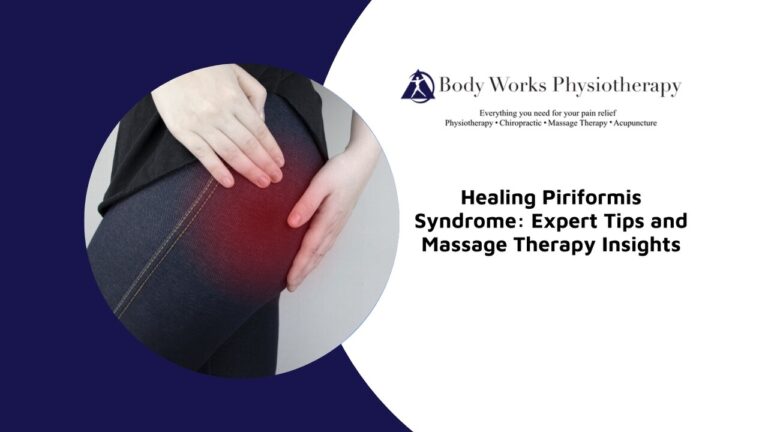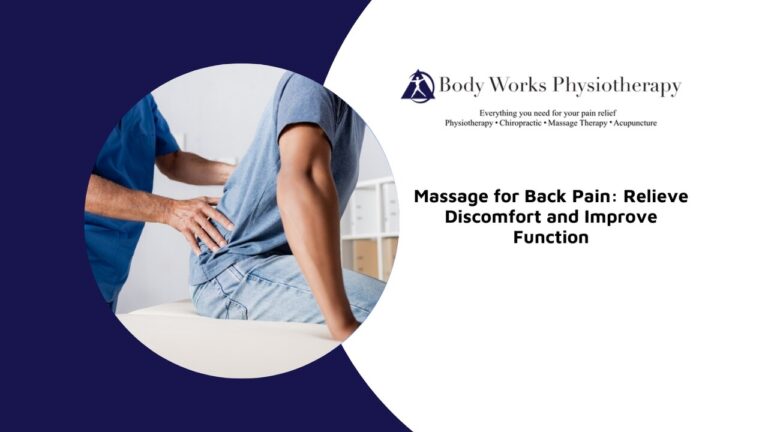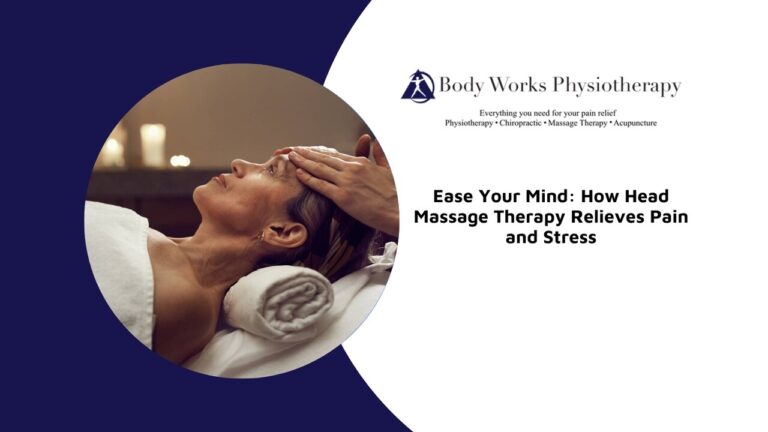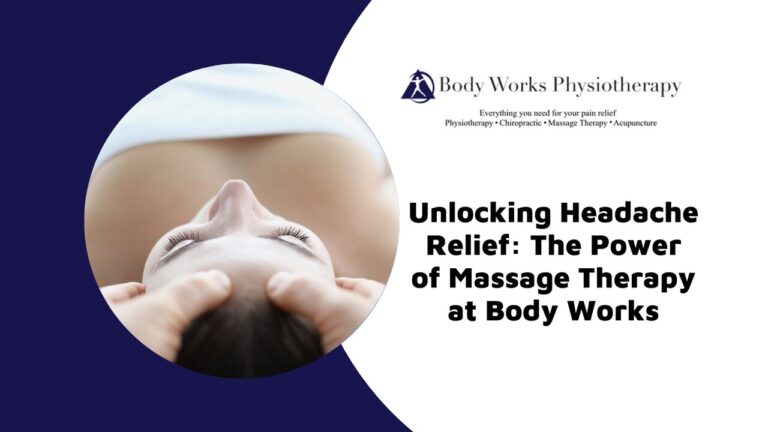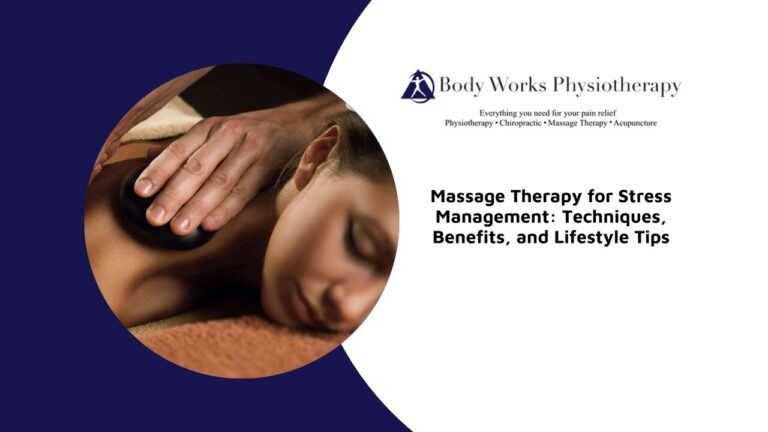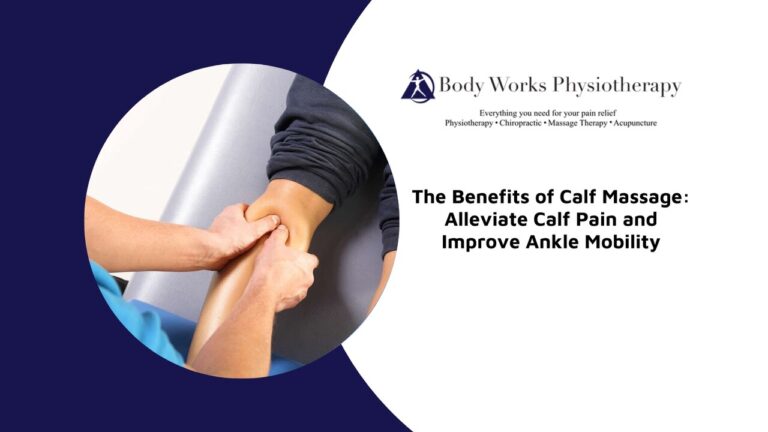
Elbow tendonitis can be a persistent and painful issue, often affecting those who engage in repetitive activities or sports. Whether you’re dealing with tennis elbow or golfer’s elbow, understanding the causes and exploring effective treatments is crucial for long-term relief. In this blog, we delve into the causes of this condition, the benefits of massage therapy for elbow tendonitis, and lifestyle changes that can help manage and prevent this common condition.
Understanding Elbow Tendonitis
Elbow tendonitis is an inflammation of the tendons surrounding the elbow joint, often caused by repetitive strain or overuse. The two most common forms are tennis elbow (lateral epicondylitis) and golfer’s elbow (medial epicondylitis).
The pain associated with elbow tendonitis often begins as a mild discomfort and gradually worsens over time, particularly with continued use of the affected arm. Early symptoms may include tenderness around the elbow joint, stiffness in the morning, and a burning sensation in the elbow area. If left untreated, the pain can become more intense, making it difficult to perform daily tasks like lifting objects, gripping items, or even shaking hands.
These conditions can result from activities like sports, typing, or even repetitive motions at work, leading to pain and discomfort. Understanding the causes of elbow tendonitis is key to effectively treating and preventing it.
Benefits of Massage Therapy for Treating Elbow Tendonitis
Massage therapy is an effective treatment option for elbow tendonitis. Here’s how it helps:
- Reduced Pain: By targeting the inflamed tendons and surrounding muscles, massage can alleviate tension and reduce the inflammation that causes discomfort.
- Improved Blood Flow: Massage therapy enhances blood circulation to the affected area, which is crucial for healing. Improved blood flow brings more oxygen and nutrients to the injured tissues, accelerating the healing process.
- Enhanced Muscle Function: Massage therapy improves overall muscle function by reducing muscle tightness and increasing range of motion. When muscles are relaxed and functioning properly, they provide better support to the tendons, decreasing the likelihood of inflammation and injury.
- Prevention of Re-Injury: Regular massage therapy can play a vital role in preventing the recurrence of elbow tendonitis. By keeping the muscles and tendons around the elbow flexible and free of tension, massage can reduce the likelihood of reinjury.
Regular massage sessions can significantly aid in the recovery process, especially when combined with other treatments.
Massage Techniques Used for Elbow Tendonitis
Several massage techniques are beneficial for treating elbow tendonitis. These techniques are tailored to address specific areas of pain and inflammation in the elbow.
- Deep tissue massage: Deep tissue massage targets deeper muscle layers to release chronic tension. This technique involves slow, firm pressure that penetrates deep into the muscles and connective tissues. By breaking down knots and adhesions, deep tissue massage helps relieve pain, improve circulation, and promote healing in the affected area.
- Cross-fibre Friction: Cross-fibre friction helps break down scar tissue and improve tendon mobility. By applying pressure perpendicular to the muscle fibres, this method helps realign the fibres and prevent adhesions that can limit movement and cause pain. Regular cross-fibre friction massage can enhance tendon flexibility, reduce inflammation, and promote faster recovery from tendonitis.
- Myofascial Release: Myofascial release focuses on the connective tissues, reducing tightness and improving overall muscle function. This technique involves applying sustained pressure to areas of tightness and restriction within the fascia, helping to release tension and improve overall muscle function.
Massage Therapy Session for Elbow Tendonitis: What to Expect
Here’s what you can expect during a massage therapy session for elbow tendonitis:
- Initial Assessment: During a massage therapy session for elbow tendonitis, your therapist will first assess your condition to determine the most effective treatment plan. They will also examine the affected area to gauge inflammation and muscle imbalances, which will guide the treatment plan.
- Treatment: The massage session itself typically involves applying targeted pressure to the affected area using various massage techniques to reduce inflammation and promote healing.
- Expectations for Pain: You may experience some discomfort during deep tissue work, but this is normal and helps relieve muscle tightness. Your therapist will adjust the pressure to ensure it is therapeutic without causing excessive pain.
- Duration: Sessions generally last between 30 to 60 minutes, depending on the severity of your condition. Mild cases may require shorter sessions, while more chronic conditions might need longer or more frequent sessions over several weeks for optimal results.
Can Massage Therapy Be Combined with Other Treatments for Elbow Tendonitis?
Yes, massage therapy can be effectively combined with other treatments such as physiotherapy, stretching exercises, and anti-inflammatory medications. This holistic approach can enhance the overall effectiveness of your treatment plan, leading to faster recovery. For severe cases of elbow tendonitis, your healthcare provider may also recommend injections or bracing, alongside massage therapy, to provide additional support and relief.
Supporting Elbow Tendonitis Massage: Recommended Lifestyle Changes
In addition to regular massage therapy, adopting certain lifestyle changes can help manage and prevent elbow tendonitis. These adjustments can significantly reduce strain on the elbow and support long-term recovery and prevention:
- Use Ergonomic Tools at Work: Ergonomic tools are essential, especially if your job involves repetitive arm or wrist movements. These tools, such as ergonomic keyboards, mice, or desk setups, are designed to minimize strain on your body by promoting proper alignment. Using these tools helps maintain a neutral wrist position, reducing the stress placed on the tendons connected to the elbow.
- Practice Proper Techniques in Sports and Daily Activities: Whether playing sports like tennis or lifting weights, using the correct form is crucial. Improper techniques can increase stress on the elbow tendons, heightening the risk of tendonitis. Working with a coach or physiotherapist can help you refine your technique, ensuring that the workload is distributed evenly across your muscles and joints.
- Incorporate Regular Stretching and Strengthening Exercises: Regular stretching and strengthening exercises for the forearm muscles are vital for maintaining flexibility and building strength. Stretching helps relieve tension in the muscles and tendons around the elbow, while strengthening exercises improve stability and reduce the strain on tendons. Exercises like wrist curls, reverse wrist curls, and grip strengthening are particularly beneficial when performed consistently.
- Stay Active While Avoiding Repetitive Strain: While rest is necessary during acute flare-ups, staying active with exercises that don’t aggravate your condition is important. Low-impact activities such as swimming or cycling keep you moving without putting excessive strain on the elbow tendons. It’s crucial to listen to your body and avoid activities that cause pain or discomfort in the elbow.
- Maintain Overall Physical Health: Maintaining a healthy weight can reduce the overall stress on joints, including the elbow. Additionally, staying hydrated, eating a balanced diet rich in anti-inflammatory foods, and ensuring adequate rest all contribute to tendon health. Incorporating relaxation techniques, such as yoga or mindfulness meditation, can help manage stress, which indirectly reduces muscle tension and supports the healing process.
- Self-Massage: Additionally, learning and incorporating proper massage techniques at home can help maintain elbow health between professional sessions.
Together, these lifestyle changes can enhance the benefits of massage therapy and promote long-term elbow health, helping to prevent and manage tendonitis effectively.
Massage Therapy for Elbow Tendonitis: Healing Timeline
The time it takes to see improvements can vary depending on the severity of your tendonitis and how consistently you receive massage therapy. Generally, clients begin to notice a reduction in pain and an increase in mobility after a few sessions. For most individuals, noticeable improvements can be seen within 4 to 6 weeks of regular treatment. However, chronic cases may require a longer course of therapy.
Enhanced Mobility Starts Here
If you’re struggling with elbow tendonitis, you don’t have to let it disrupt your life any longer. Massage therapy offers an effective way to reduce pain, improve mobility, and prevent future injuries. Combined with smart lifestyle changes, it can make a significant difference in your recovery and overall elbow health. At Body Works Physiotherapy in Scarborough, we help our clients find relief from tendonitis through personalized massage therapy sessions tailored to their specific needs. Don’t wait for the pain to get worse—take action today. Schedule your appointment with us and start your journey toward relief and a healthier, pain-free future.

